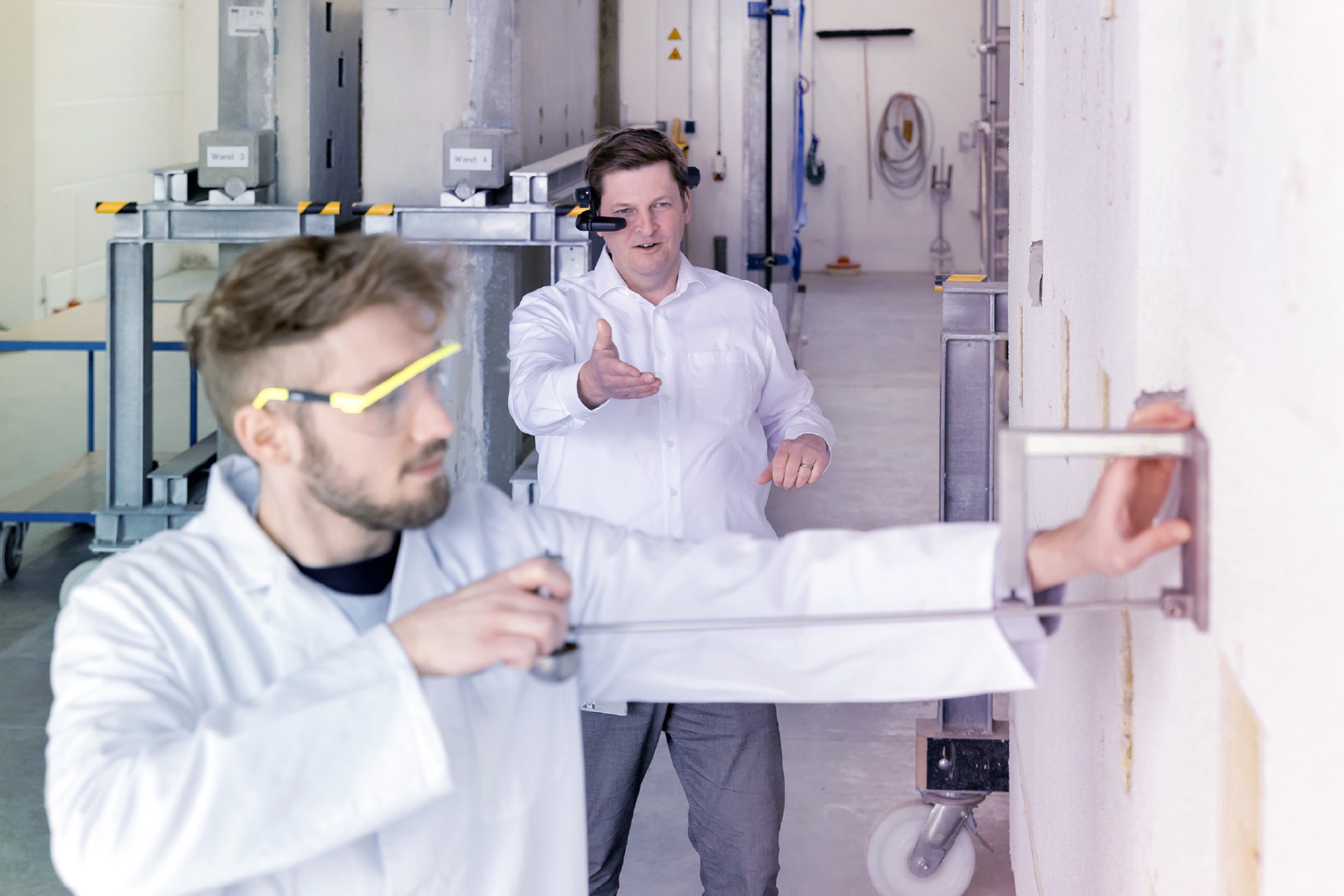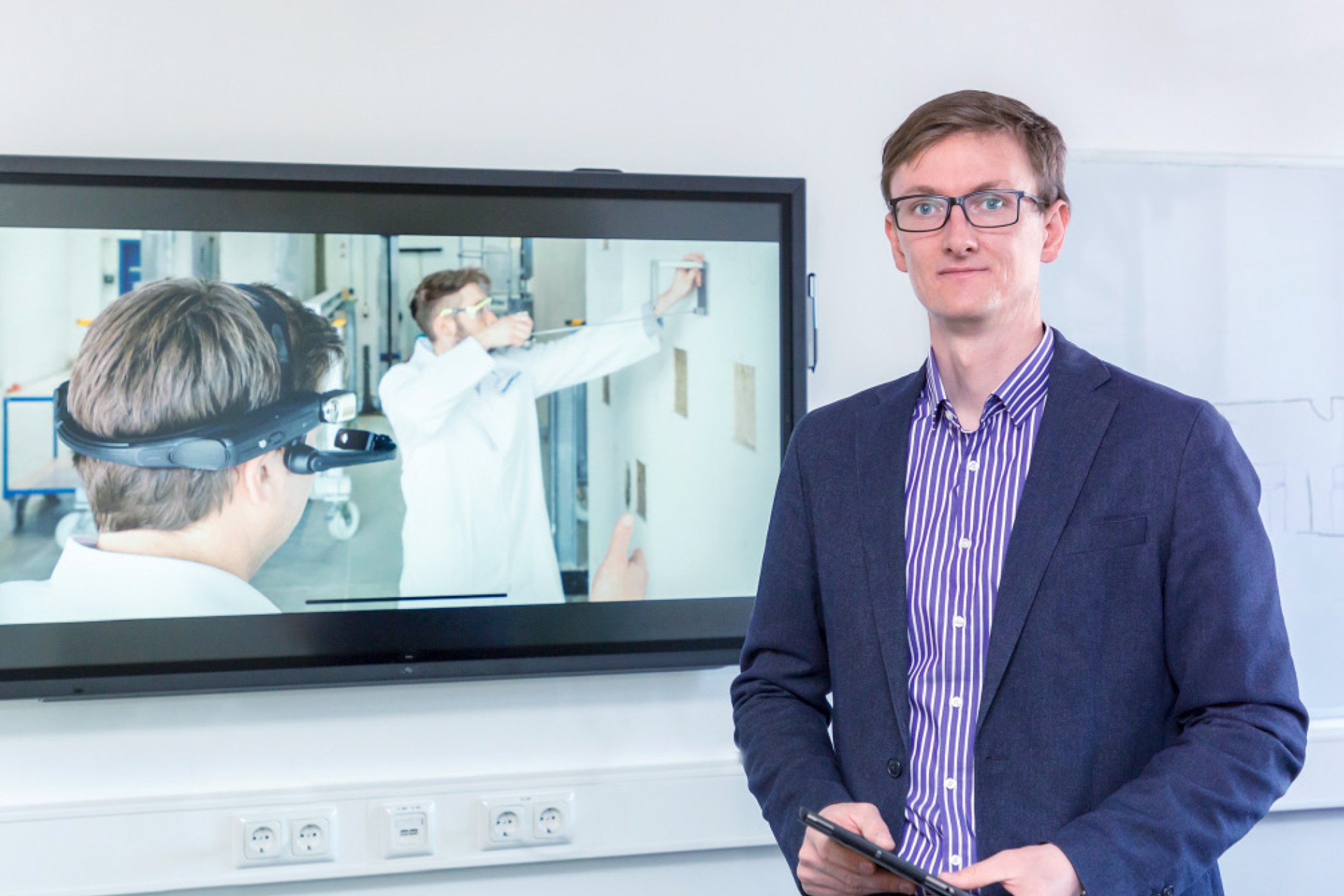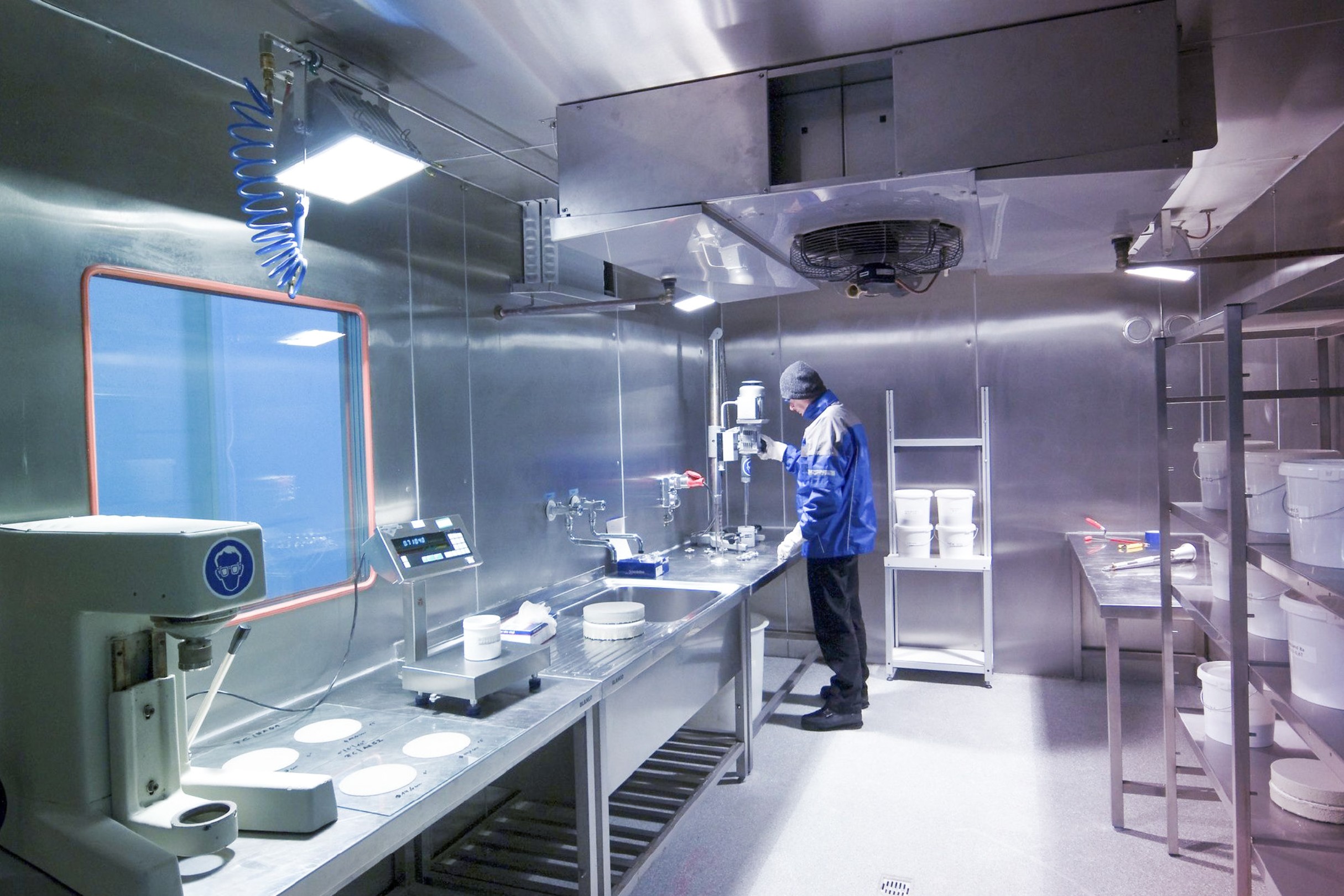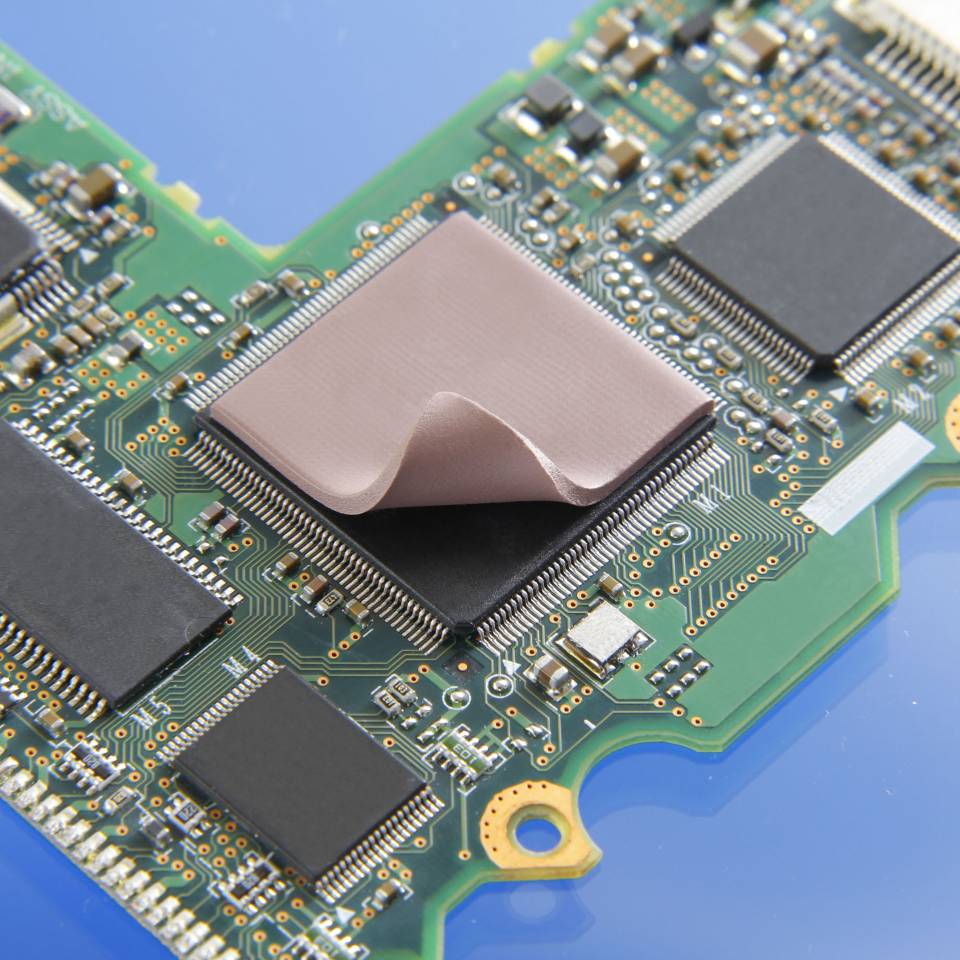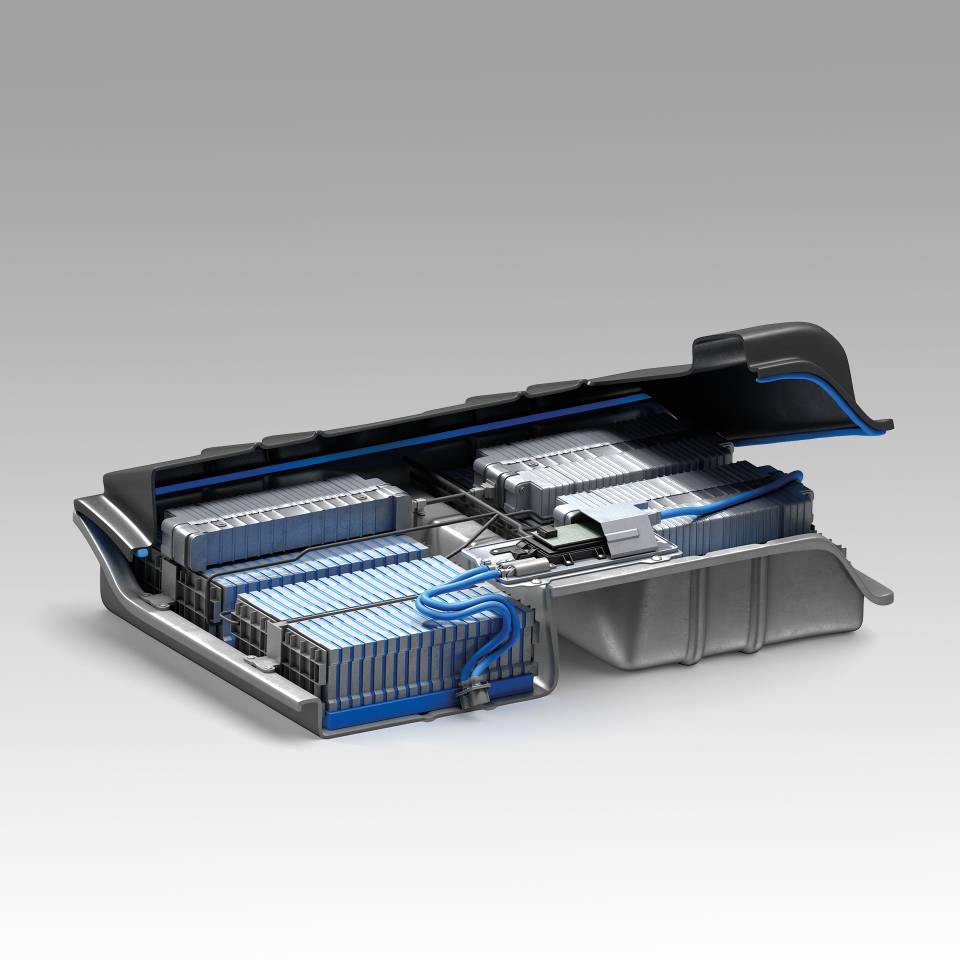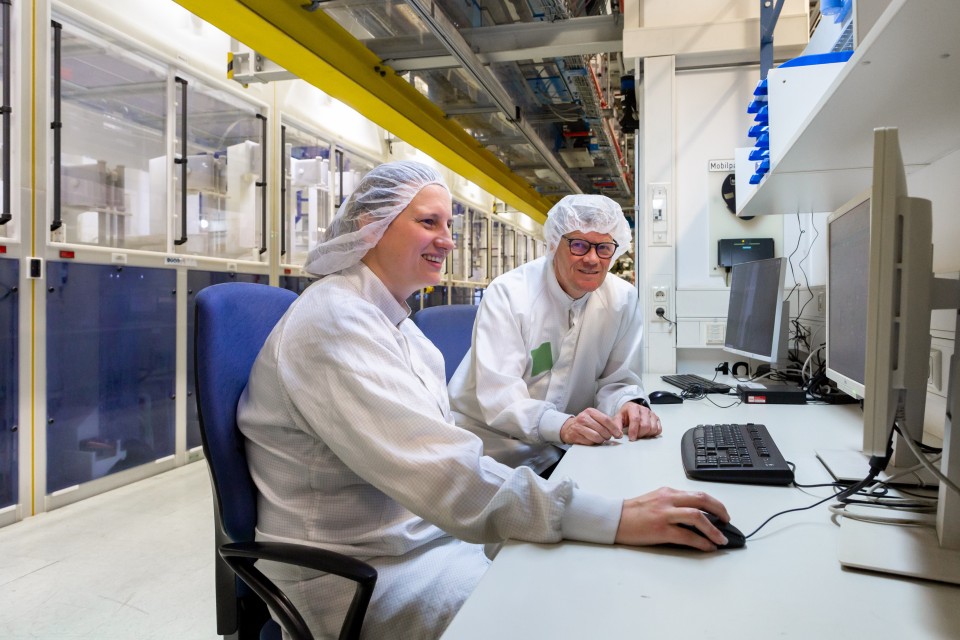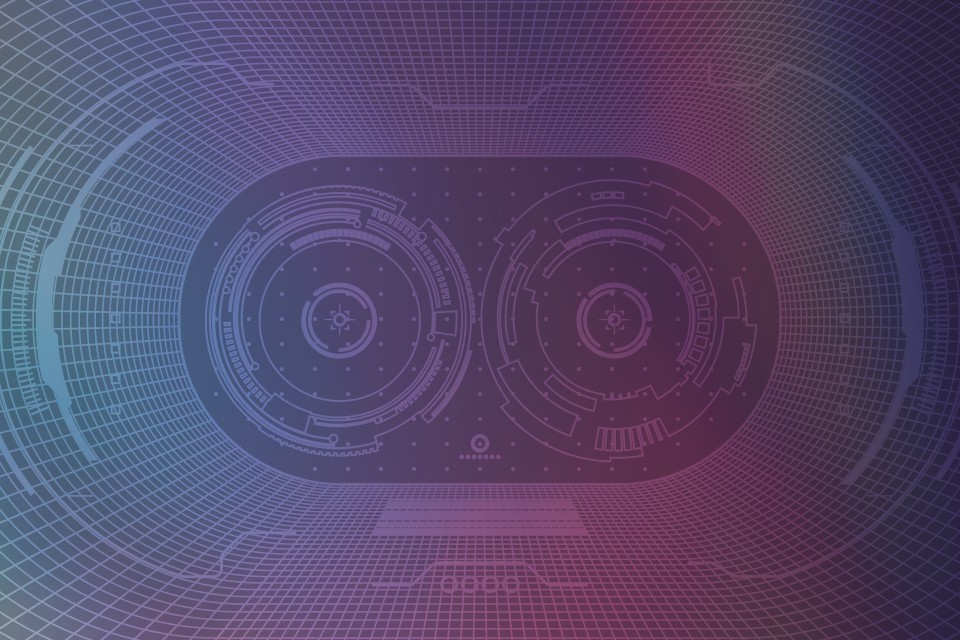
Head-Mounted Tablet (HMT)
Modern smart glasses enable customers and independent experts to benefit virtually as well from WACKER’s broad technical-center offering – performing their tests themselves or viewing the results for themselves.
Sep 01, 2021 Read time: approx. MinutesMinute
Ideal Networking – Even in Lockdown
Dr. Benjamin Rossbach uses a smart-glasses device to transport customers and experts into the Burghausen technical center so that they can witness the effectiveness of VINNAPAS® binders in construction applications. Many projects and collaborations with partners at home and abroad can continue in this way despite the pandemic.
The decision could not have been clearer: the Webex videoconference had shown the external expert enough to allow a report on the resilience of a new external thermal insulation composite system to be completed. This was not a run-of-the-mill type of videoconference that has become the daily staple for so many people since the outbreak of the coronavirus pandemic. Nor did it involve one of the participants using a smartphone or a webcam to show images of a weathered test wall. Instead, that participant wore a novel smart-glasses device that had the capability of a tablet computer and beamed his field of view into the videoconference. In a movie, this would be called a point of view shot.
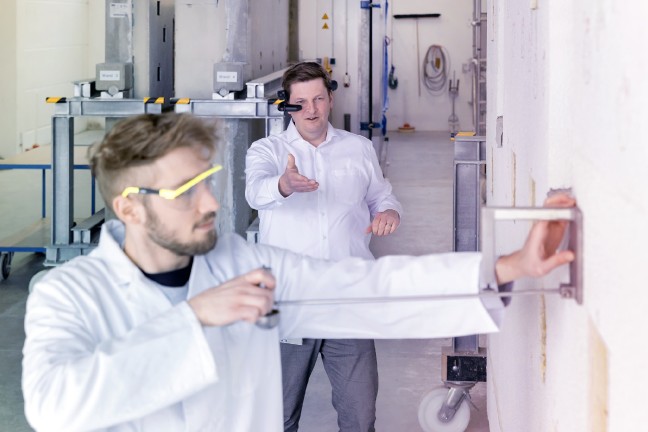
Dr. Benjamin Rossbach (on right) and his assistant Dominik Riedlaicher investigate the resilience of an external thermal insulation composite system. The test is transmitted live via smart glasses.
Since coronavirus travel restrictions were introduced more than a year ago, Dr. Benjamin Rossbach, head of the Global Technical Center Management Team in the WACKER POLYMERS business division, and his colleagues have been faced with the challenge of how the various teams could continue testing new products and formulations while optimizing their properties. “It’s seldom possible now for us to go on site with customers and expert appraisers to do assessments or handovers of new facade systems that we have spent several weeks weathering in our EOTA climatic chambers, for example,” says Dr. Rossbach.
Yet that is exactly what his job entails. The business division operates a global network of 18 technical centers where WACKER products undergo suitability tests for use in regional formulations. This also requires taking other factors into account, such as the local climate (atmospheric humidity, temperature changes), locally sourced raw materials (a cement in India has different properties than one used in Germany) and naturally the specifications laid down in national building standards.
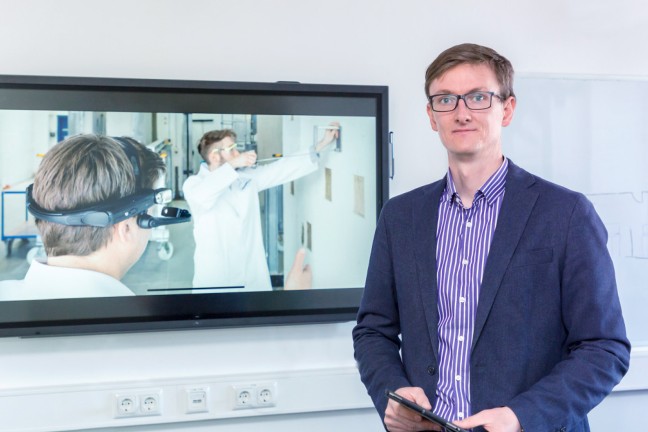
Eduard Brehm from WACKER’s IT department ensures that the system meets data-security requirements.
Weathering to EOTA Standards
For customers, the technical centers in Burghausen, Moscow and Shanghai offer the possibility to apply new facade materials to a test wall and to “weather” them in a chamber that satisfies the requirements of the European Organisation for Technical Approvals (EOTA). Inside the chamber, the customers’ systems are exposed artificially to stresses ranging from rain to heat- and cold-induced thermal shock to test how well they also withstand extreme changes in weather.
The travel restrictions, quarantine regulations and hygiene rules necessitated by the pandemic have meant that it is difficult and complicated – and above all rare – for customers or independent experts to perform these tests themselves or even to see the results for themselves. This may be the age of digital transformation, but physical tests cannot simply be replaced by virtual ones. So, rather than try to conduct virtual tests, Dr. Rossbach looked for a way to arrange virtual visits by outside experts.
“At the WACKER Digital Transformation Day about eighteen months ago, I was introduced by our IT colleagues to the HMT-1 headset. This is a head-mounted camera fitted with a screen and a central processing unit,” explains the chemist. The maker of the system, US-based Realware Inc., refers to it as a head-mounted tablet (HMT). The device has two overwhelming advantages that make it ideal for use in the technical center. First, it is designed for hands-free use on the move – allowing the wearer to do other things. Second, it uses the Android smartphone and tablet operating system, and so it can run standard apps such as Webex.
“Using HMT-1, I can join a Webex conference and let the other participants view the images captured by the head-mounted camera. They see exactly what I see,” explains Dr. Rossbach. Because his hands are free, for example, while he is inspecting a test ETICS on a test wall, he can point to specific areas, zoom in on them and beam high-resolution images straight into the video conference. “The camera is so good that even tiny cracks and dents can be seen in the video,” he explains.
HMT-1 works via voice commands. The wearer simply says “Start recording”, “Take photo” or else says the name of a program displayed on the small screen positioned just a few centimeters from his eye. The selected function is then launched.
“The conference participants see exactly what I see in our demanding tests.”
Dr. Benjamin Rossbach, TechCenter Management, WACKER POLYMERS
Closer to Customers
“It works so well that our IT experts and I have also shown it to colleagues in other technical centers. They were very impressed with it and are keen to use it as a medium for bringing our advanced testing capabilities closer to their customers,” he adds.
For that is a challenge which is not specific to pandemic situations. Even after travel restrictions have been lifted, it is possible that a given customer will still want to pay a virtual visit to one of the 18 technical centers run by WACKER POLYMERS – and so spare themselves the occasional trip. HMT-1 has already proved its worth: during an exchange with a strategic customer in Thailand, Rossbach wowed several of the customer’s representatives and also our customer team in Singapore by taking them on a tour of our EOTA test center in Burghausen.
Prior to the pandemic, most in-house training for new colleagues in the technical centers required them to attend in person. The training team can now demonstrate all sorts of course content, and especially the practical elements, by inviting their new colleagues via HMT-1 into the labs in Burghausen so that they can observe the tests being performed live.
The early success of the preliminary tests was due in no small part to seamless collaboration between IT experts at WACKER and at Cisco, the network specialist and provider of the Webex software. “Our IT colleagues keep in close contact with Cisco and invited us to join a meeting with the company to share our experience of HMT-1. This means that the feedback from our department, too, will feed into the refinement of HMT-1,” says Dr. Rossbach, with some pride.
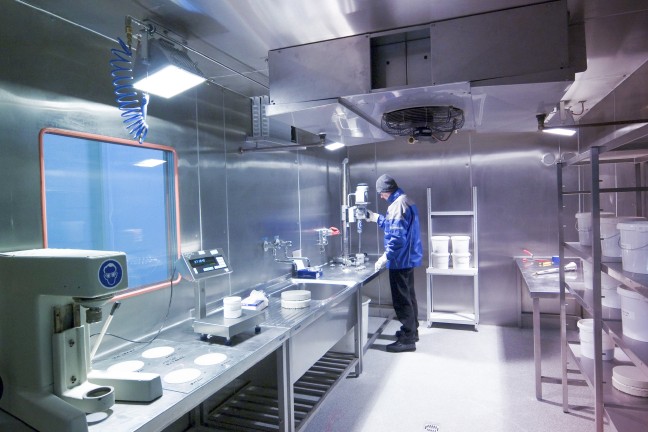
This walk-in climatic chamber in the Burghausen technical center is where small elements are tested under different conditions.
Virtual Solutions on the Rise
He is convinced that virtual solutions like these will win out because they serve to deepen customer relationships over the long term. With the hardware priced at around €2,500, the head-mounted tablet is more affordable than other wearable systems aimed at virtual working. It expands the customer service options available to WACKER through its speed and versatility and it eliminates the vast amounts of time and money that would otherwise be spent on organizing travel itineraries. The system quickly pays for itself.
“Naturally, it also meets our IT and data-security requirements,” adds Eduard Brehm, an IT expert at WACKER. “Because the software is based extensively on standards, it can be integrated into our IT landscape readily, reliably and safely.”
That paves the way for broader use within the company. Smart glasses such as HMT-1 are viewed by Group IT and the WACKER POLYMERS business division as a key building block in the ongoing digital transformation of communications at WACKER. In any event, the quality of video capture and transmission is so good that Brehm has since configured three HMT-1 headsets for the technical center and R&D laboratories of WACKER POLYMERS. A further two are in use at WACKER BIOSOLUTIONS.
Mr. Dr. Benjamin Roßbach
Leiter Global TechCenter Management
WACKER POLYMERS
+49 8677 83-6410
benjamin.rossbach@wacker.com

